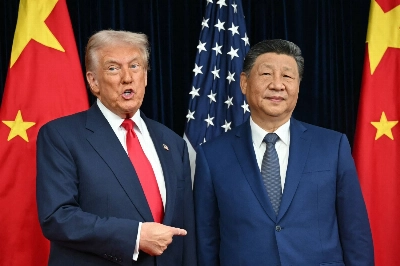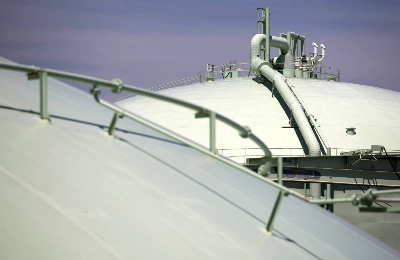The 97,000-ton George Washington, a nuclear-powered carrier of the U.S. Navy, arrived at its new home port, Yokosuka, Thursday. The flattop carrying more than 70 aircraft is the fourth U.S. carrier to be stationed there since 1973 — after the Midway, the Independence and the Kitty Hawk, all oil-powered. The arrival begins the first permanent deployment of a nuclear-powered carrier at a Japanese port.
Both Tokyo and Washington describe the deployment as a symbol of the strong alliance between the two countries. Of the U.S. Navy's 10 nuclear-powered carriers, the George Washington is the only one that uses a foreign port as its home port. Its arrival comes at a time when people's fear of a possible nuclear accident has heightened due to a fire in May aboard the George Washington, caused by unauthorized smoking, and the recent revelation that the nuclear-powered attack submarine Houston leaked low-level radioactive water for two years.
The Japanese government has increased the number of radioactivity monitoring posts in Yokosuka from four to 10. The Yokosuka city government has signed a disaster-prevention agreement with the U.S. Navy. But Yokosuka citizens will not be included in disaster-prevention training. Both the Japanese and U.S. governments should make efforts to make a disaster-prevention setup truly effective.
















With your current subscription plan you can comment on stories. However, before writing your first comment, please create a display name in the Profile section of your subscriber account page.